It’s a pair of classic scenes from The Wolf of Wall Street. Former stockbroker Jordan Belfort, played exceedingly well by Leonardo DiCaprio, challenges top sales executives to sell him the pen he has just extracted from his pocket.
On the surface, it appears to be a major challenge for any sales professional, the kind of question that could potentially separate real salespeople from those who will generally fall short of their targets. Not surprisingly, it’s been copied and utilized by hiring staff everywhere. It’s a no-brainer: why dream up a tough interview question when Martin Scorsese just provided you one on a silver platter?
I’ve seen it and It still works–not because it’s tough, but actually because it’s easy. If your interviewee doesn’t know the answer, then he or she probably doesn’t know selling basics.
It comes down to one simple trick.
You have to know the buyer.
Belfort, now a motivational speaker, has explained it himself. If you want to sell the pen, you ask the buyer questions. You ask him how long he’s been looking for a pen, why he wants a pen, what owning a pen means to him. If a potential hire starts asking questions instead of looking for the pen’s USPs, you can be sure she knows what she’s doing.
It’s not a new trick. The first sales speaker I ever saw was Zig Ziglar, and no one knew more about sales and success than he did. There’s a story about Ziglar being interviewed by Johnny Carson:
Carson points at the ashtray on the desk and says: “They say you’re the world’s greatest salesman. So sell me this ashtray.”
Ziglar thinks for a second and replies: “Before I can do that, I’d have to know why you want the ashtray.”
Carson looks at the ashtray. “I guess it’s well-made, it looks pretty nice, and it’s a good ashtray.”
“OK,” says Ziglar, “but you’d have to tell me what you think it’s worth to you.”
“I don’t know,” says Carson. “I guess $20 would be about right.”
Ziglar smiles. “Sold,” he says.
In practice, pitches rarely go that easily, and when you’re selling, you’ll need to do a bit more work.
So the next step after asking enough questions to know the buyer is to build an emotional attachment. You can do that with a story.
You might point out that when presidents sign treaties, they use a different pen for each signature and they give the pen to one of the people who helped to make that treaty happen. The pen becomes a souvenir. It reminds them of a historic moment.
The same is true of the pen the interviewee is selling to the interviewer. It’s not just a pen. It’s the pen the interviewer used to sign her last deal and build her business. The pen is cheap, but the memories … they’re available for a bargain.
It doesn’t matter what you’re selling; you have to know the buyer, and you have to give him a story that builds an emotional attachment to the product. It’s not a big trick, and today’s sales channels have made meeting that challenge easier than ever … even when all you’re selling is a ball pen.
Pipeliner CRM totally empowers salespeople to know their buyers. Get your free trial of Pipeliner CRM now.



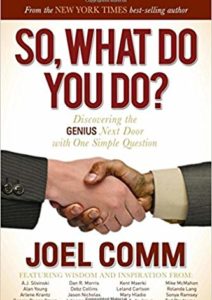
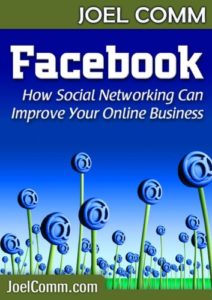
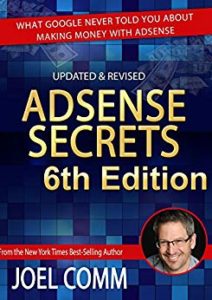
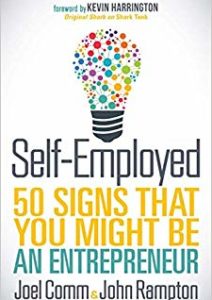
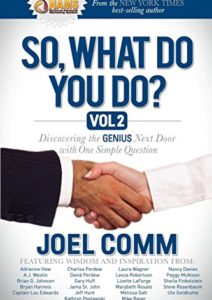
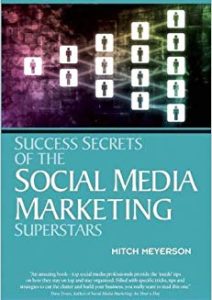
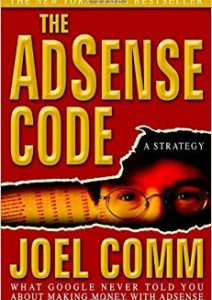
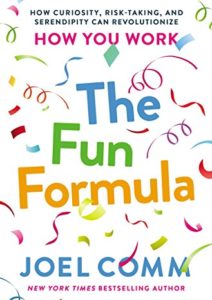
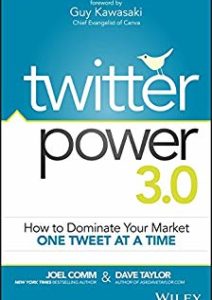








Comments